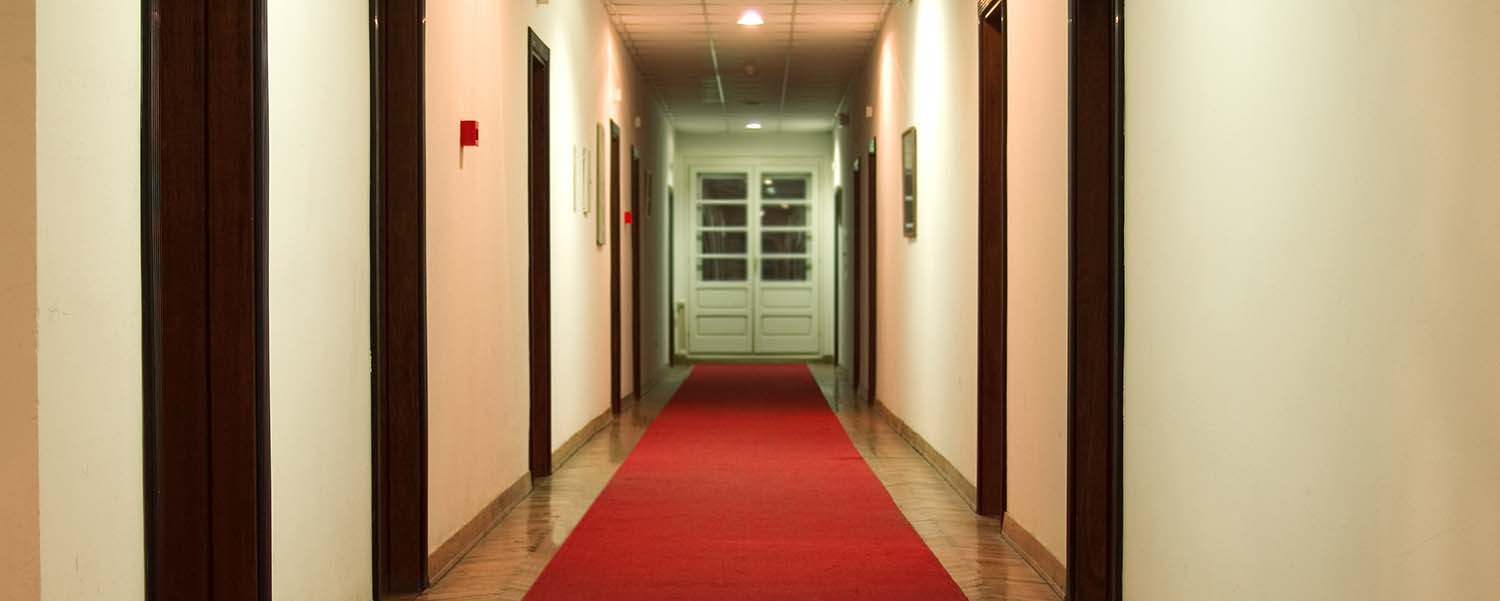The New Carpet Era

While carpeting may not be as popular in some settings as it was a couple of decades ago, that does not mean that the carpet industry has not been evolving to address changing needs and lifestyles. Facility managers, building service contractors, and carpet cleaning technicians are likely to see some changes beginning this year and over the next few years when it comes to carpeting. We could refer to this period we are now embarking on as “the era of the new carpet,” and it is likely to include a few surprises.
One change that has been evolving for several years and has actually been anticipated for just as long is the “greening” of carpet. Environmentally friendly—or green—carpets typically are those made from renewable resources such as wool. However, wool does not work in all situations, such as most commercial settings. Another green alternative is recycled carpets, which are available from a variety of manufacturers. This carpet is manufactured using both pre- and post-consumer plastics such as polyethylene terephthalate—or PET—bottles or industrial scraps in varying amounts. Very often, the recycled carpet itself can then be recycled and turned into insulation or furniture stuffing instead of being disposed of in landfills.
Carpet manufacturers have also made significant strides in reducing emissions, typically of volatile organic compounds—or VOCs—from carpet, and this trend is expected to continue. The Carpet and Rug Institute’s (CRI) Green Label program encourages this practice. Facilities that install CRI-certified carpet can earn points towards the U.S. Green Building Council’s LEED green-building certification.
Other changes to anticipate in the era of the “new carpet” include the following:
- Carpet enhanced with light-emitting diodes (LED) lighting. LED lighting uses very little energy and generates very little heat. In the future, you can expect LED lights to be woven into carpet, especially in large facilities such as convention centers. Plus, they could be used as directional lights and display lights for a variety of purposes, including for advertising, noting safety exits, and making information available as needed. LED carpet has also replaced Do Not Disturb signs in some hotels. “The technology takes advantage of people’s tendency to be guided by the floor when moving through and interacting with space,” according to Ed Huibers with LED lighting manufacturer Philips Lighting. “It brings information, direction, inspiration, and safety via the carpet you walk on, delivering meaningful innovations to the carpet market.”
- Increased professionalism. This trend has been evolving for a number of years and is occurring for a number of reasons. At the top of the list is likely the growing requirement by carpet manufacturers that their carpets be cleaned by Institute of Inspection, Cleaning, and Restoration Certification (IICRC)-certified technicians to maintain the carpet’s warranty. While this may not be a significant issue in residential settings, ensuring that the warranty is protected is critical in a commercial facility that may have spent several thousands of dollars on carpet.
- Services beyond carpet cleaning. The manufacturers of cleaning equipment are also anticipating a changing world when it comes to carpets. One anticipated trend is that carpet cleaning technicians will offer a variety of services in addition to carpet cleaning. Among these services are duct cleaning, ceiling cleaning, partition cleaning, and―growing in importance―hard surface tile and grout cleaning.
To address these add-on services, some manufacturers have developed multi-surface cleaning systems, according to Bob Abrams, a carpet care technician and product manager for Nilfisk-Advance’s commercial business. “There are portable extractors that can be used for multiple cleaning tasks such as cleaning carpets as well as hard surface floors by changing the wand,” Abrams says. He adds that some manufacturers are also focusing on “solo” machines, designed for use and transport by one technician “recognizing that many technicians now work alone when cleaning carpets and performing these add-on services.”
- Improving economy. Finally―and this is good news for many carpet cleaning technicians as well as those contractors that now offer carpet cleaning services―the practice of price-cutting and low-bidding on carpet cleaning will likely decrease. Part of this is because of the improved economy. In general, facility managers are not quite as budget conscious as they were a few years ago.
However, the other reason is related to the increased professionalism of the industry, as mentioned earlier. “As more carpet cleaning technicians, as well as cleaning professionals, have become trained and educated on the fine art of cleaning carpets,” says Abrams, “the entire industry has been lifted to heights it has not seen before.”
Very simply, according to Abrams, clients want experienced and professional technicians and are willing to pay more for this level of service.
















